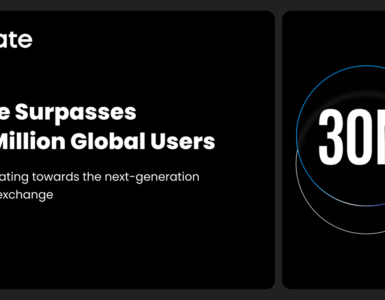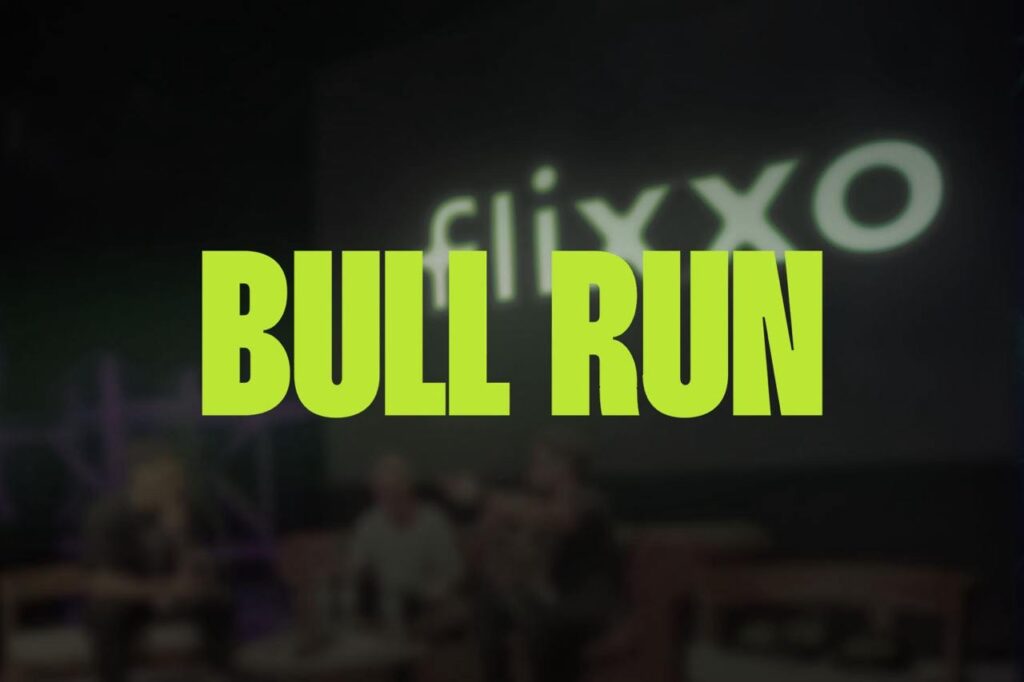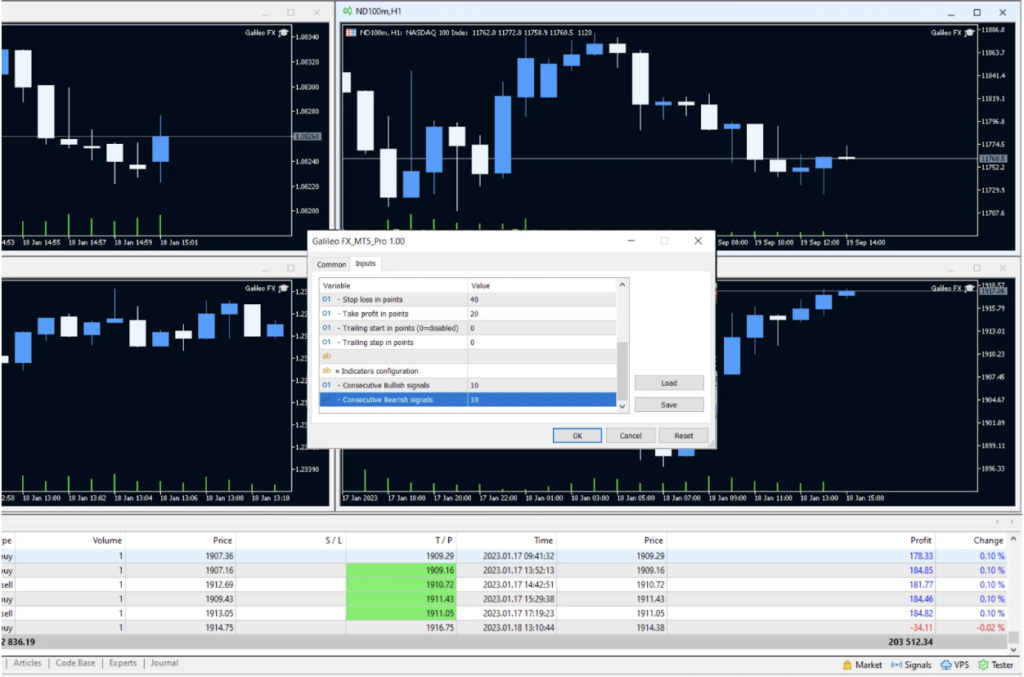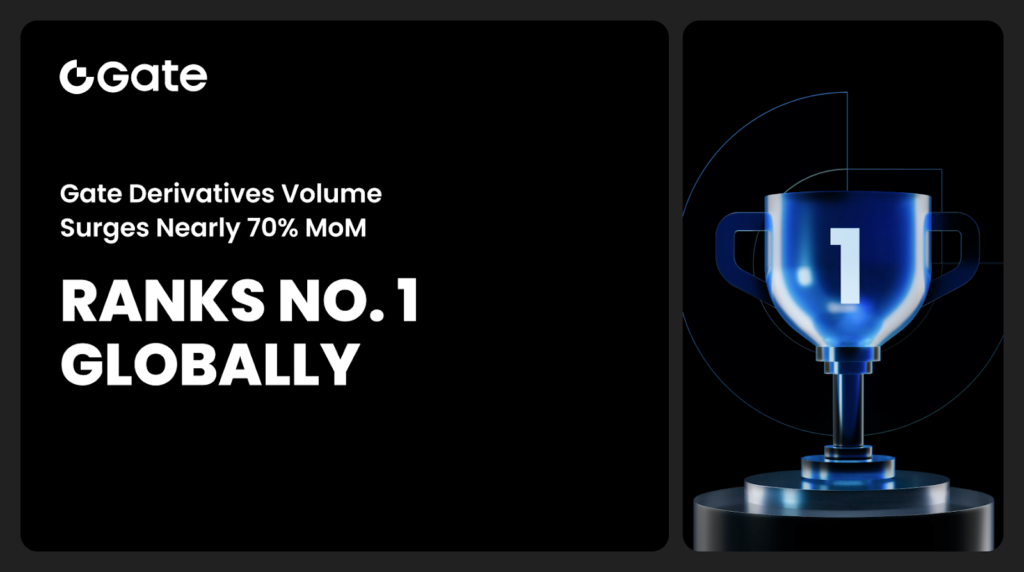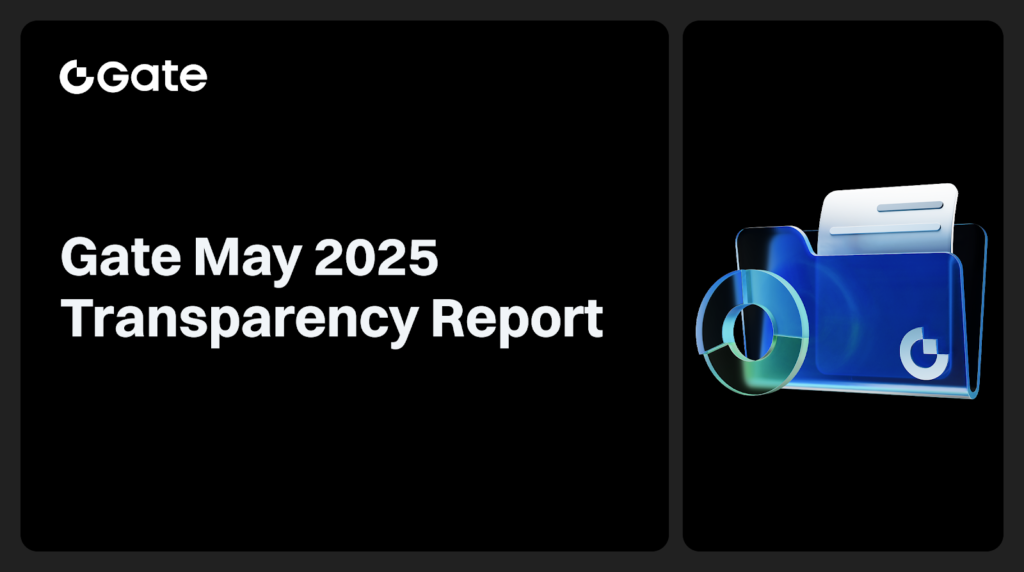Blockchain technology has been making waves in the digital world, and one of the most exciting applications of this technology is non-fungible tokens (NFTs). NFTs have exploded in popularity over the past year, with sales skyrocketing and high-profile artists and athletes getting in on the action. But what exactly are NFTs, and how does blockchain technology enable them to function? In this article, we’ll dive into the world of NFTs and explore the role that blockchain plays in making them possible.
What are NFTs?
To understand the role of blockchain in NFTs, we first need to understand what NFTs are. Put simply, an NFT is a unique digital asset that is stored on a blockchain. This asset can be anything from a piece of art to a tweet to a video clip. What makes an NFT unique is that it is verified on the blockchain, which means that it is one-of-a-kind and cannot be replicated or duplicated.
The rise of NFTs
NFTs have exploded in popularity over the past year, with sales reaching record highs. In March 2021, a digital artwork by Beeple sold for a staggering $69 million at auction, making it the most expensive NFT ever sold. High-profile artists and athletes have also been getting in on the action, with everyone from Grimes to LeBron James releasing their own NFTs.
How do NFTs work?
So how do NFTs actually work? At their core, NFTs are made possible by blockchain technology. When an NFT is created, it is given a unique digital signature that is stored on the blockchain. This signature verifies the authenticity of the asset and ensures that it cannot be replicated or duplicated.
The role of smart contracts

One of the key features of NFTs is the use of smart contracts. Smart contracts are self-executing contracts that are programmed to automatically execute when certain conditions are met. In the case of NFTs, smart contracts are used to automate the buying and selling process. When an NFT is purchased, the smart contract automatically transfers ownership to the buyer and sends payment to the seller.
The Benefits of Using Blockchain for NFTs
There are several benefits to using blockchain technology for NFTs. First and foremost, blockchain ensures that each NFT is unique and cannot be replicated or duplicated. This makes NFTs valuable and collectible. Additionally, blockchain provides a decentralized platform for buying and selling NFTs, which means that there is no need for intermediaries such as art dealers or auction houses. Blockchain technology provides several benefits to NFTs:
1. Security and verifiability
Blockchain technology ensures that each NFT is unique and cannot be replicated or duplicated. The digital signature that is stored on the blockchain verifies the authenticity of the asset, making it valuable and collectible.
2. Decentralization
Blockchain provides a decentralized platform for buying and selling NFTs, which means that there is no need for intermediaries such as art dealers or auction houses. This makes the buying and selling process more efficient and cost-effective.
3. Transparency
Blockchain technology provides a transparent record of all transactions, which ensures that the ownership and provenance of each NFT can be easily verified.
Challenges facing NFTs
While NFTs have the potential to revolutionize the art world and other industries, there are also several challenges facing this emerging technology:
1. Environmental sustainability
The process of creating and selling NFTs requires a significant amount of energy, which has led to concerns about the carbon footprint of this technology. Some artists and collectors have chosen to boycott NFTs for this reason.
2. Accessibility
While the technology behind NFTs is becoming more accessible, there are still barriers to entry for many artists and collectors. The cost of minting and buying NFTs can be prohibitive for some, and there is a learning curve involved in using blockchain technology.
3. Legal and regulatory issues
As with any emerging technology, there are legal and regulatory issues surrounding NFTs. For example, it can be difficult to determine who owns the copyright to a particular digital asset, and there may be issues around taxation and intellectual property rights.
Innovative uses of NFTs
NFTs have the potential to be used for a wide range of applications beyond buying and selling digital assets. Here are a few examples:
1. Digital identity verification
NFTs could be used to verify the identity of individuals in online spaces, such as social media or gaming platforms. This could help combat issues such as online harassment and fraud.
2. Proof of ownership for physical assets
NFTs could be used to verify the ownership and provenance of physical assets, such as artwork or luxury goods. This would provide a secure and transparent way to buy and sell high-value items.
3. Voting systems
NFTs could be used as a way to verify votes in online elections or referendums. This could help increase transparency and reduce the risk of fraud.
The impact of NFTs on the art world
NFTs have already made a significant impact on the art world, with many high-profile artists and collectors getting in on the action. Here are a few ways that NFTs are changing the art world:
1. Increased access for emerging artists
NFTs provide a new way for emerging artists to sell their work and gain exposure. By selling their work as NFTs, artists can bypass traditional gatekeepers such as galleries and auction houses.
2. New revenue streams for artists
NFTs provide a way for artists to earn revenue from their work beyond the traditional sale of physical artwork. This could help artists to sustain their careers in a challenging economic climate.
3. Disrupting traditional art markets
NFTs have the potential to disrupt traditional art markets by providing a decentralized platform for buying and selling artwork. This could help to democratize the art world and make it more accessible to a wider range of people.
NFT marketplaces
There are several NFT marketplaces where buyers and sellers can trade NFTs. Here are a few examples:
1. OpenSea
OpenSea is one of the largest NFT marketplaces, with a wide range of digital assets available for purchase. The platform supports a variety of blockchain networks, including Ethereum, Polygon, and Binance Smart Chain.
2. SuperRare
SuperRare is a curated NFT marketplace that focuses on high-quality digital artwork. The platform has a strict curation process and only accepts a limited number of artists.
3. Nifty Gateway
Nifty Gateway is a popular NFT marketplace that features drops from high-profile artists such as Grimes and Beeple. The platform also supports the sale of fractionalized NFTs, which allows buyers to purchase a portion of an NFT rather than the entire asset.
NFTs and social media
NFTs could have a significant impact on social media by providing a way for creators to monetize their content. Here are a few ways that NFTs could be used in social media:
1. Tokenized social media platforms
NFTs could be used to create tokenized social media platforms, where users can earn tokens for creating and sharing content. These tokens could then be traded on NFT marketplaces, providing a new revenue stream for creators.
2. Verified social media accounts
NFTs could be used to verify the identity of social media users, making it more difficult for fake accounts to spread disinformation or harass other users.
3. Digital collectibles
NFTs could be used to create digital collectibles based on popular memes, trends, or social media influencers. These collectibles could be sold as NFTs, providing a new way for fans to support their favorite creators.
NFTs and sports
NFTs could have a significant impact on the sports world by providing a way for fans to own and trade unique sports memorabilia. Here are a few ways that NFTs could be used in sports:
1. Digital sports collectibles
NFTs could be used to create digital collectibles based on iconic moments in sports history, such as game-winning shots or record-breaking performances. These collectibles could be sold as NFTs, providing a new revenue stream for athletes and teams.
2. Fan engagement
NFTs could be used to engage fans by providing exclusive access to events or merchandise. For example, fans could purchase an NFT that provides access to a team’s locker room or a player’s private training session.
3. Fantasy sports
NFTs could be used to create unique fantasy sports leagues, where players can buy and sell NFTs representing different athletes. This would provide a new way for fans to engage with their favorite sports and players.
The future of blockchain and NFTs
As blockchain technology continues to evolve, we can expect to see even more exciting applications of NFTs. Here are a few areas to watch:
1. Gaming
NFTs have the potential to revolutionize the gaming industry by providing a way for players to own and trade in-game assets. This could help to create more vibrant and diverse gaming ecosystems.
2. Real estate
NFTs could be used to verify the ownership and transfer of physical real estate assets. This would provide a more secure and transparent way to buy and sell property.
3. Music
NFTs could be used to verify ownership and royalty payments for musicians and their works. This would help to ensure that artists receive fair compensation for their creations.
Conclusion
Blockchain technology has enabled the rise of NFTs, providing a secure and decentralized platform for the buying and selling of unique digital assets. While there are challenges facing NFTs, the potential of this technology is vast, and we can expect to see even more exciting developments in the future.


